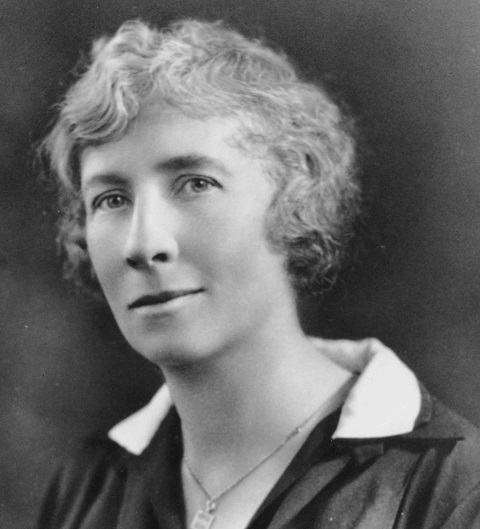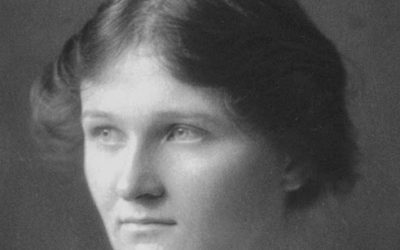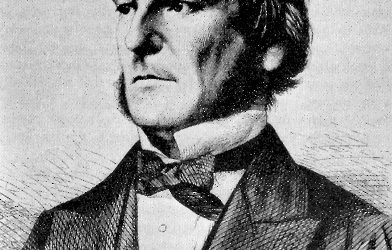Work-life conflict can be considered a basic fact of life. Anyone who works for a living faces a constant pull between the demands of a career and the obligations of family and friends. Those who can and choose to devote themselves to one or the other exclusively can reap substantial rewards, either financial or emotional. But for most people, who try to maintain strong personal ties and advance their careers at the same time, the ways in which these two spheres grate against each other can constitute great obstacles.
Sociologists have used the term “motherhood penalty” to refer to the denial of opportunities for career advancement to women with children, generally on the implicit assumption that their greater familial obligations will cause them to assign a lower priority to their work. Balancing one’s personal and professional lives requires considerable effort to begin with, and working mothers may find themselves having to work even harder to prove that they’re just as loyal as anyone else or see their careers grind to a halt. This is a phenomenon that our subject today would have understood from many angles, for she was both an insightful sociologist and an efficiency expert who worked to improve working conditions at businesses…as well as a mother of twelve children herself.
Lillian Moller was born in Oakland, California in 1878. A shy, introverted child, she was homeschooled until the age of nine but quickly made up for lost time after entering public school. She developed a passion for literature that led her to seek higher education, but like many women of her day she was held back by family ties; her mother was often ill, and Lillian was expected to pitch in to take care of her many younger siblings. Fortunately, the University of California at Berkeley was only a trolley ride away, and Lillian persuaded her father to let her study there while living at home. Four years later she emerged with a teaching certification and a bachelor’s degree in English literature.
Lillian’s passion for learning was apparently inexhaustible, and she next enrolled at Columbia University to pursue a master’s degree. There, her ambitions were stifled by prejudice. Brander Matthews, Columbia’s nationally famous literature professor, was one of the many academics of his time who refused to teach female students. Though she later obtained an MA from Berkeley, this was a turning point in her academic life. She moved toward the psychology department, studying under the more tolerant Edward Thorndike. Then, in 1903, while taking a break from her studies and preparing for a trip to Europe, she had another life-changing experience: meeting her future husband, Frank Gilbreth.
In many ways Lillian and Frank were total opposites. Frank had grown up poor, with a mother who struggled to support him by teaching and running a boardinghouse. He was a middling student, though he found science and math stimulating, and he never attended college, deciding to work instead so he could support his mother. He began as a bricklayer and worked his way up through the construction industry so that by the time Lillian met him he was running his own building company. Despite these differences, however, they did share one very important interest: human psychology and how it relates to business.
After they married in 1904, Lillian oriented herself toward business studies. She wrote her doctoral dissertation on the subject of scientific management, and in 1915 she earned a PhD in applied psychology. Using her idiosyncratic combination of literary, psychological and business knowledge, she and Frank began a new career in industrial engineering.
The field they were entering was dominated at that time by the ideas of Frederick Taylor, the efficiency expert who lent his name to the set of management practices known as “Taylorism.” Taylor primarily concerned himself with maximizing efficiency and minimizing cost, an approach that endeared him to business owners with an eye on the bottom line. At the same time Taylor was often criticized for treating workers like machines and failing to account for human needs, not least by the Gilbreths, who distinguished their own approach as one that recognized the importance of worker psychology. While Frank was the mechanical expert who developed pioneering time-and-motion studies, it was Lillian’s academic background that made the studies’ results relevant to a wide range of organizational problems.
In their roles as business consultants, the Gilbreths came up with many unique ideas that we now take for granted. Frank is credited with developing the idea of having a “caddy” stand by to hand a surgeon medical instruments and coming up with techniques that soldiers now use to disassemble and reassemble their weapons in poor lighting conditions. Lillian was responsible for some major improvements in consumer products, notably the placement of shelves inside refrigerator doors, using a foot-pedal on a trash can to open it hands-free, and even the idea of turning lights on and off with a wall switch.
As all this was going on, Lillian also took care of a growing family that rivaled and at one point exceeded her parents’ eleven children. After Frank died in 1924, the conflict between parenting and professional work became acute, and she decided to focus more on research and lecturing, which allowed her to be closer to home. She also re-entered academia, this time as a teacher, becoming the first female engineering professor in the United States at Purdue University in 1940. Well into the 1960s Lillian Gilbreth was active in the world of business, until she finally retired in 1968.
Once described as “a genius in the art of living”, Lillian Gilbreth was a forerunner of the interdisciplinary approach to management. She is sometimes cited as an early proponent of ergonomic design, and in her studies she noted psychological responses and human needs that management had overlooked. Although she never worked as an officer inside a corporation, in a way she was the quintessential organizational thinker, employing a wide-ranging body of knowledge to make sensible changes with the goal of improving workplaces from the standpoint of both the boss and the worker. Her story is also a touchstone for the women who continue to work hard to support both their families and their careers, without letting one dominate and exclude the other.
Incidentally, if you’re curious about the circumstances of Lillian Gilbreth’s family life, a somewhat fictionalized version of it can be found in the autobiographical novel Cheaper by the Dozen and its sequel Belles on their Toes, written by two of her children, and which were later turned into a pair of hit films.
Next Post: Jane Sissmore, the British spy who made waves in the male-dominated sphere of cold war intelligence.














